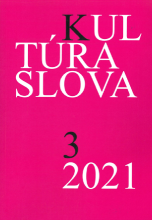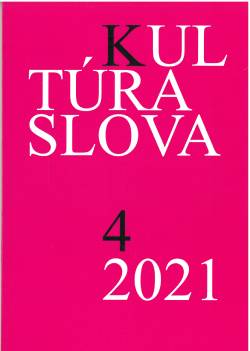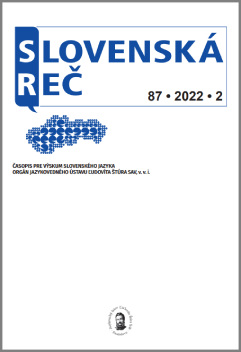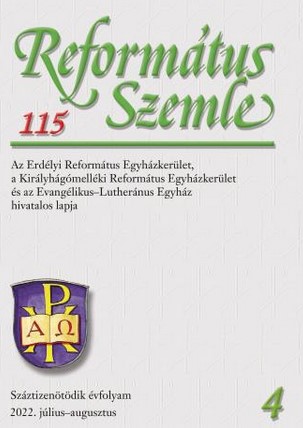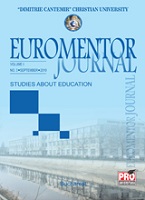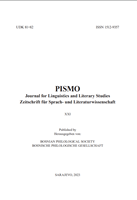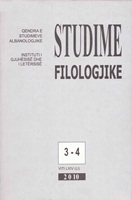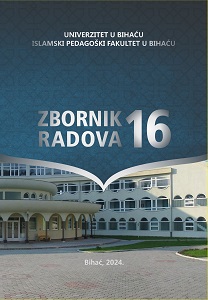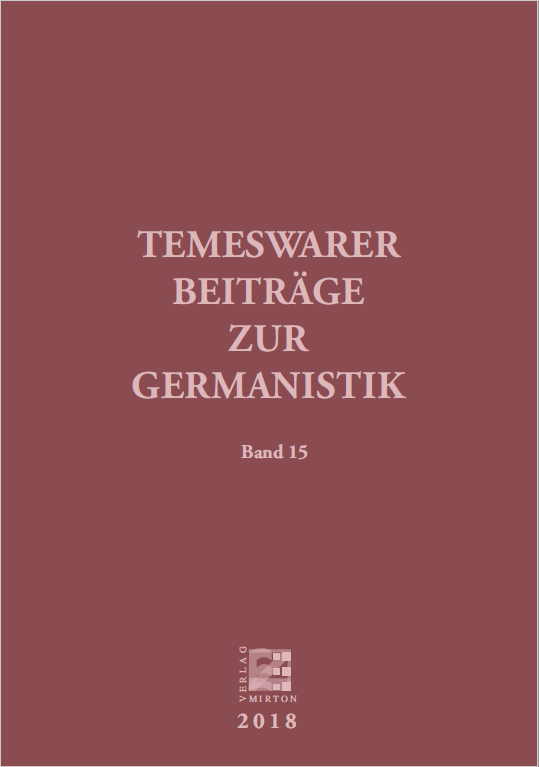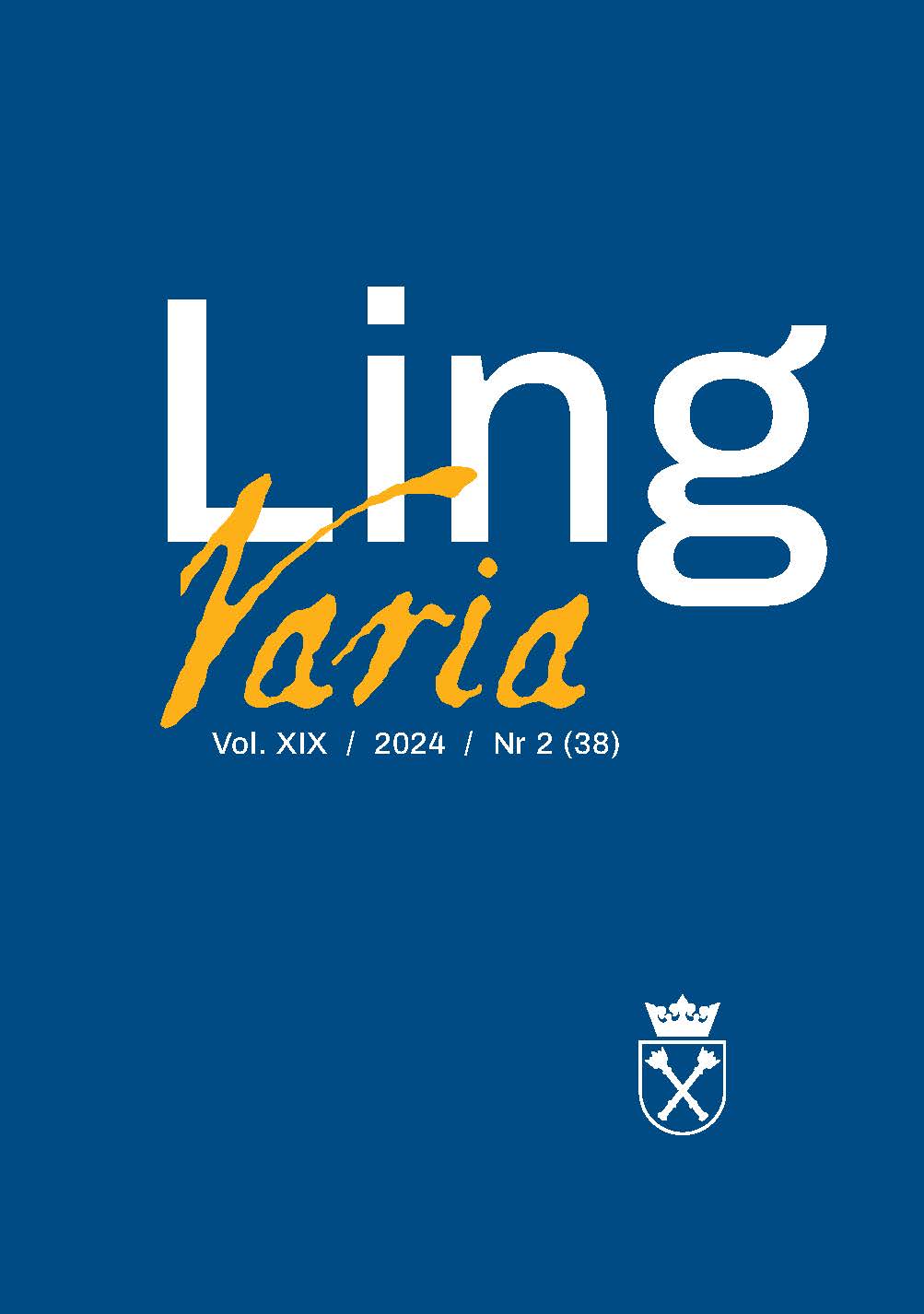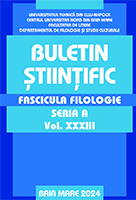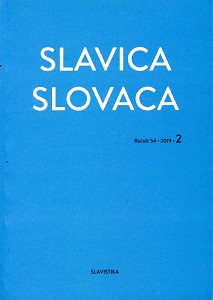
Phraseme and Metaphoricality. Potential Features vs. Necessary Features of Phraseological Units
The paper focuses on the metaphoricality of phraseological units and tries to identify the necessary (not only potential) features of phrasemes. The author finds out how the transferred denomination [přenesené pojmenování] and figurative denomination [obrazné pojmenování] are related. She further monitor whether the phraseological units must be necessarily transferred and / or figurative. All theoretical findings are supported by concrete excerpts from Czech phraseology.
More...
